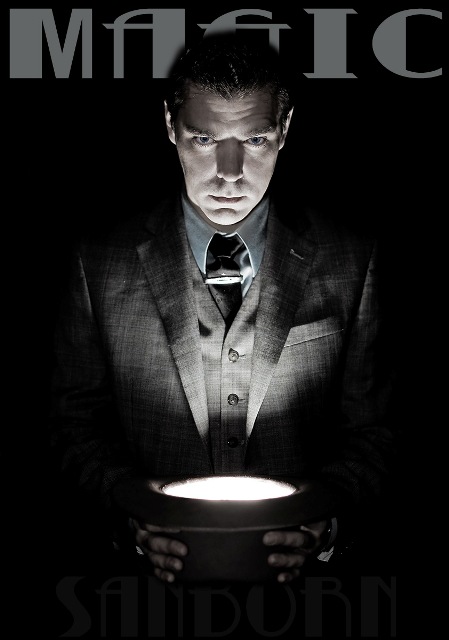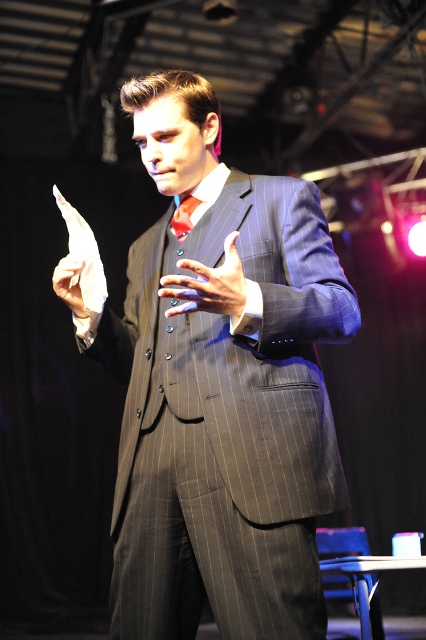Lucas Hardwick
Contributing Writer
Welcome to Apes on Film! This column exists to scratch your retro-film-in-high-definition itch. We’ll be reviewing new releases of vintage cinema and television on disc of all genres, finding gems and letting you know the skinny on what to avoid. Here at Apes on Film, our aim is to uncover the best in retro film. As we dig for artifacts, we’ll do our best not to bury our reputation. What will we find out here? Our destiny.
 RED SUN (ROTE SONNE) – 1970
RED SUN (ROTE SONNE) – 1970
3.5 out of 5 Bananas
Starring: Uschi Obermaier, Marquand Bohm, Sylvia Kekulé, Gaby Go, Diana Körner
Director: Rudolf Thome
Rated: Not Rated
Studio: Radiance Films
Region: A, B, C
BRD Release Date: June 20, 2023
Audio Formats: German 2.0 PCM Mono – English Subtitles
Video Codec: MPEG-4 AVC
Resolution: 1080p
Aspect Ratio: 1.75:1
Run Time: 89 minutes
CLICK HERE TO ORDER
Dating is hard, but it’s especially intimidating when instead of an evening ice skating or at the movies, you find yourself tied up with a gun to your head on the second date.
The premise of Rudolf Thome’s 1970 film RED SUN (Rote Sonne) is the confounding tale of four women who, each after courting random men for five days, task themselves with murdering their dates for fear of falling in love with them; this is their relentless mission to rid the world of chromosomes that end with Y. It’s a long shot, but the Godard-esque style of storytelling Thome employs definitely works in favor of the girls’ diabolical long-game.
five days, task themselves with murdering their dates for fear of falling in love with them; this is their relentless mission to rid the world of chromosomes that end with Y. It’s a long shot, but the Godard-esque style of storytelling Thome employs definitely works in favor of the girls’ diabolical long-game.
Trouble occurs when drifter Thomas (Bohm) enters the lives of the women after retiring to their communal living arrangement with bartender Peggy (Obermaier). Thomas happens to survive beyond the five-day lifespan of this pseudo-cult’s dastardly charge, but is it because Peggy’s in love and wants to keep him around? Will she be forced to give in to the demands of the murderous pact she shares with her roomies?
It’s hard to say exactly what’s so appealing about Thomas. He’s lazy, he bums cigarettes, he constantly talks about scoring improbable exotic employment like Himalayan Mountain expeditions to get out of Germany. He sleeps a lot, drinks a lot, and didn’t even drive himself to the bar to meet Peggy in the first place. His driver even laments his disappointment that Thomas failed to entertain him and that that was the only reason he gave him a ride. Thomas, it seems, is the exact opposite of any self-respecting man attempting to properly date a woman. Is it Thomas’ lack of motivation that’s keeping him safe? Safe is exactly the case -Thomas is a safe bet. His lethargic disposition keeps him from being a societal threat to women everywhere.  And it’s also what disarms Peggy and her aim – to a point – as she finds herself in a traditional ironic arrangement with her own hubris. Hubris is as hubris does.
And it’s also what disarms Peggy and her aim – to a point – as she finds herself in a traditional ironic arrangement with her own hubris. Hubris is as hubris does.
The relationships these women share with the men they choose are only ever of surface value. Peggy and Thomas never discuss anything important and fail to ever express that they want to know one another better. They live in the superficial realm of an eternal first date. In fact, none of the women in this film express passion beyond their making a bomb out of a coffee can. Isolde (Gaby Go), arguably is the most capable of expressing her feelings as she is unable to stomach committing cold-blooded murder, requiring Peggy to do her dirty work on a man who’s met the end of his five-day shelf-life.
After Thomas witnesses one of the girls pick off a man in public, in broad daylight, he goes to roommate Isolde to get the scoop. Isolde tearfully reveals the ferocious game the girls have agreed to, and suddenly Thomas knows he’s on the short list for murder. Isolde again exhibits emotions the rest of the girls seem incapable of; she’s regretful of this brutal arrangement and by that virtue is also considered the weakest of the group. It’s only fitting that these two outliers, Thomas the Lazy and Isolde the Weak, would eventually find one another and advance the story through their unique and extreme qualities.
Thomas and Peggy eventually achieve a more meaningful and perilous place in their relationship, which culminates in a bleak message regarding the dangers of falling in love and giving in to those big emotions beyond superficiality. Perhaps Peggy and the girls were onto something?
dangers of falling in love and giving in to those big emotions beyond superficiality. Perhaps Peggy and the girls were onto something?
The film is a classic European slow burn, yet it never drags (unlike the pace of some of those snoozy Godard films Thome was emulating). And nothing ever happens that’s weird enough to describe this film with the old threadbare adjective “surreal,” but the movie is certainly imbued with a dreamlike quality. One could easily categorize the mood of this film as a troubling dream that never quite gets to the nightmare stage. There’s no suspense to speak of, but rather an apprehensive tension that underscores the lives of these people with their odd living arrangement and spooky contract.
RED SUN comes to us in high definition on Blu-ray Disc from Radiance Films. Special features include a select scene commentary with Thome and Rainer Langhans (actress Uschi Obermaier’s boyfriend at the time who served as inspiration for the film and was present during the shoot), the visual essay Rote Sonne between Pop Sensibility and Social Critique by scholar Johannes von Moltke, and the visual essay From Oberhausen to the Fall of the Wall by academic and programmer Margaret Deriaz. The limited edition also comes with a 52-page booklet featuring new essays by  film writer Samm Deighan. The disc comes packaged with reversible sleeve art that showcases designs based on the film’s original posters.
film writer Samm Deighan. The disc comes packaged with reversible sleeve art that showcases designs based on the film’s original posters.
The movie definitely doesn’t take place on the planet Krypton and obviously isn’t connected to the 1971 Charles Bronson / Toshirô Mifune film of the same name. And other than the red sun that illuminates the movie’s final, forlorn moments, it’s difficult to estimate the title’s objective beyond the viewer’s own interpretation. While the film’s assertion is something to do with the power of superficiality, RED SUN demands that the audience pry beyond the rather purposefully flat execution of the narrative and get to know it a little better. Recommended.
When he’s not working as a Sasquatch stand-in for sleazy European films, Lucas Hardwick spends time writing film essays and reviews for We Belong Dead and Screem magazines. Lucas also enjoys writing horror shorts and has earned Quarterfinalist status in the Killer Shorts and HorrOrigins screenwriting contests. You can find Lucas’ shorts on Coverfly.




























